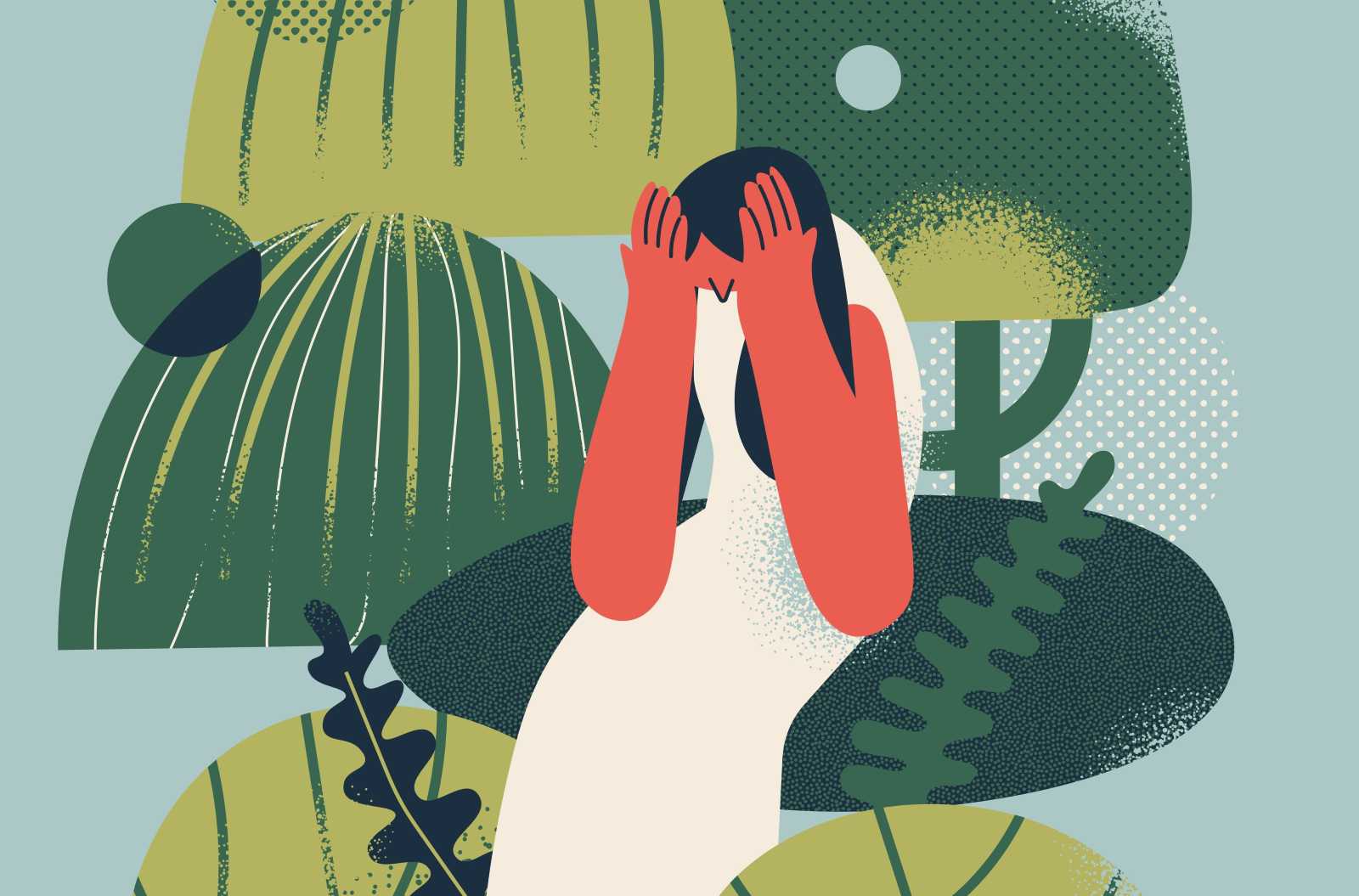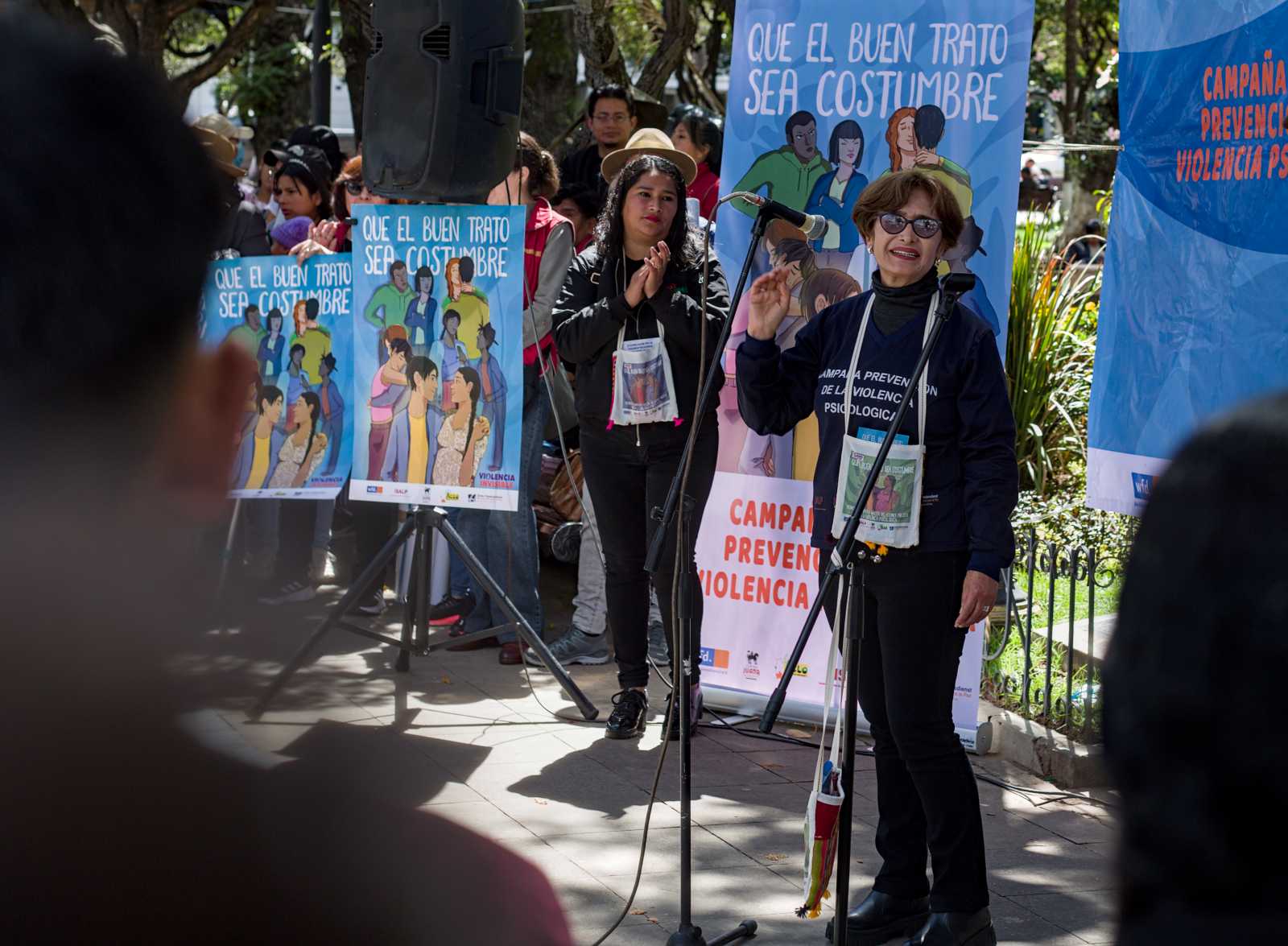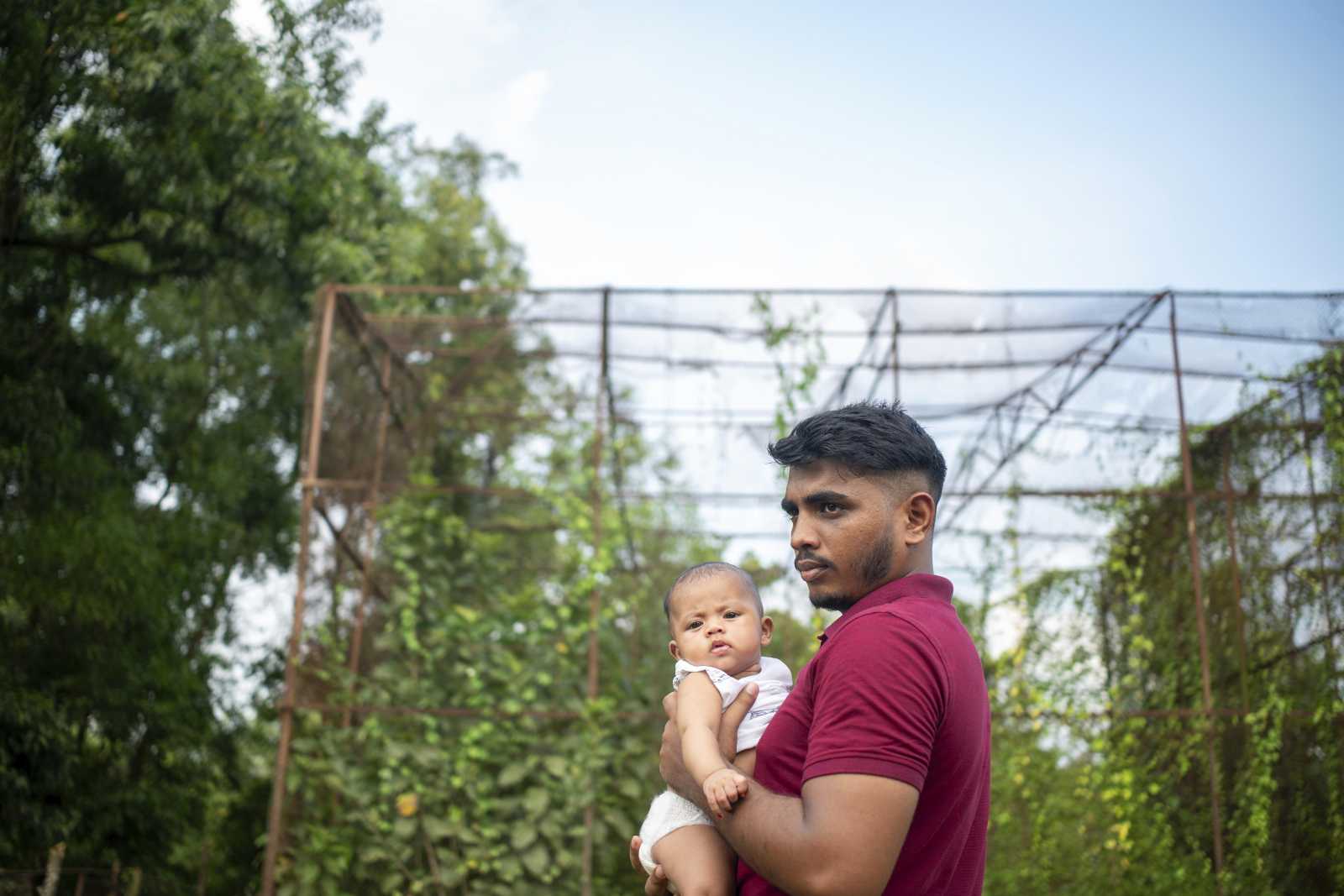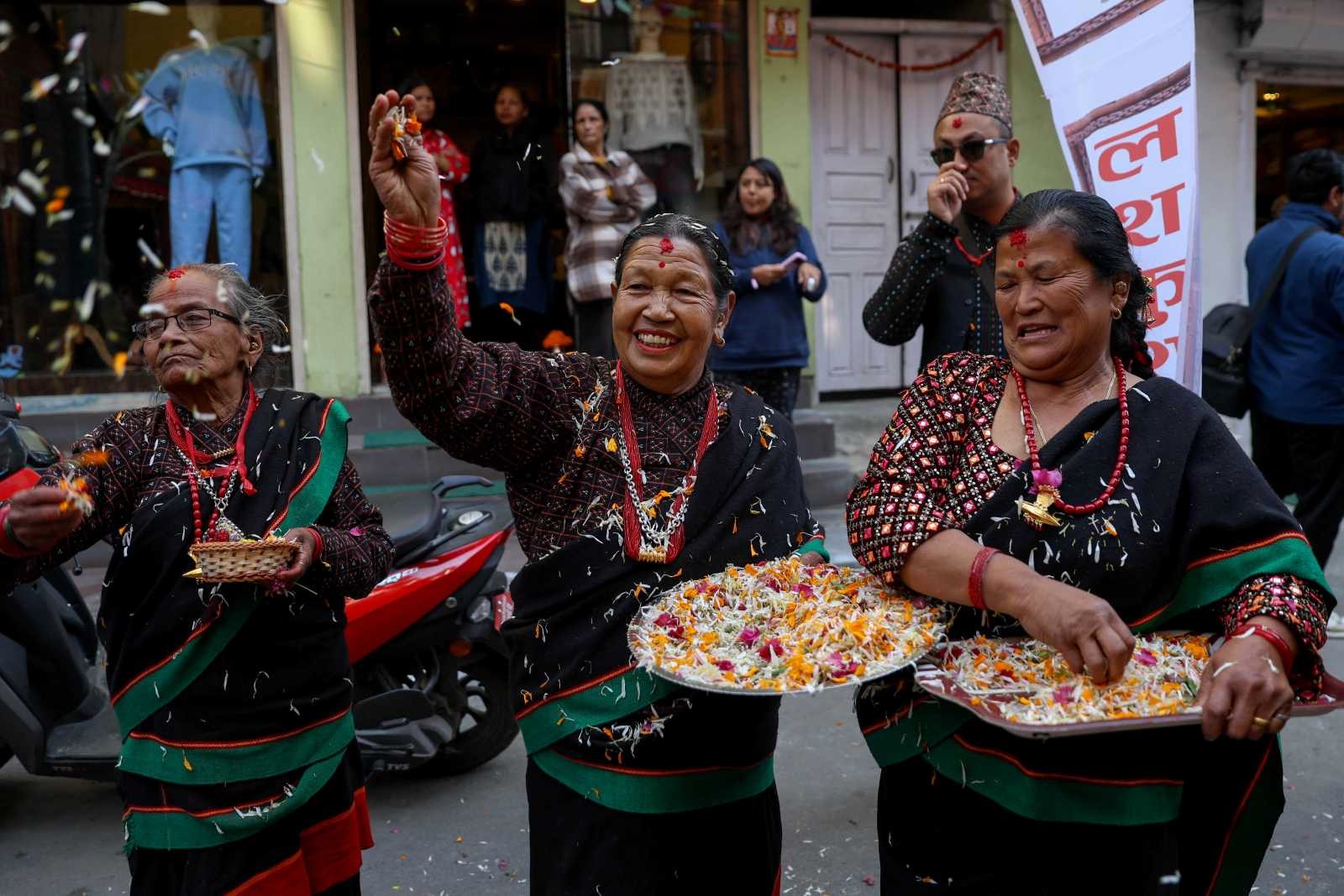Recycling
Used clothing collection in Germany
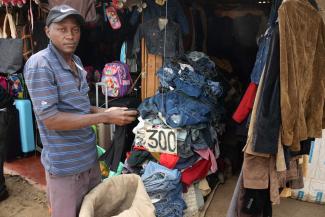
That amount vastly exceeds the demand for social purposes within the country, which is why a significant share is exported (see my article on www.dandc.eu). The quantity collected has risen by more than 25 % since the mid-1990s. The increase is primarily attributable to changes in consumption habits: since new textiles are being sold at lower and lower prices, more textiles are being purchased overall. Furthermore, clothing is being discarded more and more quickly because fashions are changing faster.
Many people bring their surplus textiles directly to clothing stores and secondhand shops. These shops give well-preserved items to those in need at no cost or sell them at affordable prices. However, the overwhelming majority of consumers throw their used clothing into containers or donate it during street and door-to-door clothing drives. The items collected are processed by charitable or non-profit organisations, as well as by other actors such as municipalities or commercial collectors. Additionally, some textile manufacturers and merchants have established their own take-back systems for used clothing.
The collected clothing is sorted by hand. According to data collected by the umbrella organisation FairWertung, on average, only about 55 % of what is generated during a clothing drive is suitable for secondhand use (see graphic). Two to four percent is made up of particularly high-quality textiles, so-called “cream” goods. Sorting facilities sell them to secondhand shops in Germany and other Western European countries. Textiles that are categorised as quality I, II and III go to Eastern Europe, Africa and the Middle East.
In total, almost half of a clothing drive consists of low-quality textiles that are no longer suitable for secondhand use. Absorbent textiles can be used as cleaning rags by industry. Another 17 to 19 % of the collected goods can be recycled to manufacture other materials, like roofing fabric or coverings for the automotive industry.
Thomas Ahlmann is the director of the umbrella organisation FairWertung, a nationwide network of charitable associations that collect used clothing.
info@fairwertung.de









